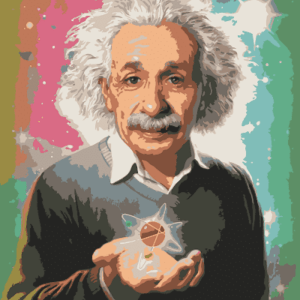December 21, 2024, New York City.
How do we create the future when the world is upside down?
How can Can Technology Make Us Better Humans?

Imagine a world where technology doesn’t just fix problems or make things easier. Instead, it amplifies what we can do, unlocking new potential in every aspect of life.
The Possibility of Superhuman Abilities
Physical Enhancement: What if technology could give us super strength or allow us to run faster than ever before? Wearable exoskeletons or advanced prosthetics are already making huge strides in helping people recover and perform better physically.
Mental Boost: Technology could also enhance our brains. Think about brain-computer interfaces that help us think faster, solve problems more easily, or even improve memory and learning abilities.
Extending Lifespan: Advances in health technology could not only cure diseases but help us live longer, healthier lives, possibly even slowing down the aging process.
Beyond Human Limits
Technology isn’t just about fixing problems anymore; it’s about pushing past human limits. Imagine artificial intelligence helping us make decisions quicker and more accurately, or even allowing us to explore outer space without the limitations of the human body.
What Does This Mean for our Future?
A New Definition of Humanity: If technology allows us to surpass our natural limits, what does it mean to be human? We might need to rethink what it means to live, work, and interact with each other in a world where technology enhances our very being.
Ethical Questions:
Along with the possibilities, there are also big questions. Who gets access to these technologies? How do we ensure they’re used safely and ethically?
Technology is already transforming our world in amazing ways, but the real question is: What if it could take us even further? Could it help us become something greater than human? The future might just be filled with new possibilities that allow us to live smarter, stronger, and longer lives—pushing us beyond the limits we once thought were fixed.
--Steven Jay, Co-Founder and Creative Director, Mobilized News